The art world has long grappled with questions of authenticity and ownership, but the rise of the metaverse has introduced a new frontier of creative controversy. A recent dispute over the unauthorized replication of a virtual sculpture has sparked heated debates about intellectual property in digital realms, exposing the legal gray areas of this emerging space.
At the center of the storm is Neon Obelisk, a shimmering virtual artwork created by digital artist Mariana Kovács. The piece, which took nine months to design using proprietary algorithms, was originally minted as a one-of-one NFT on the Ethereum blockchain. Yet within weeks of its celebrated auction at a virtual gallery, nearly identical copies began appearing across multiple metaverse platforms.
"I woke up to find my signature work being sold for fractions of the original price by accounts I'd never heard of," Kovács told The Digital Canvas. "The copies weren't just similar - they used my original code, my lighting techniques, even the exact same texture maps. Someone had essentially cracked open my creation like an egg."
What makes this case particularly thorny is the technical nature of the alleged theft. Unlike traditional art forgery, the copied obelisks weren't painstaking recreations but perfect digital duplicates. Forensic analysis revealed that the infringing works contained identical vertex positioning data and material properties, suggesting the original files had been directly accessed and redistributed.
The metaverse platforms hosting these copies have responded with a patchwork of approaches. Some immediately removed the contested works upon notification, while others demanded extensive copyright documentation. One platform controversially refused takedown requests, arguing their terms of service permit users to "remix" any uploaded content for personal use.
Legal experts are divided on how existing frameworks apply. "Copyright law clearly protects digital artworks," noted Columbia Law professor Elijah Watanabe. "But enforcement becomes problematic when copies exist across decentralized platforms in different jurisdictions. Is a 3D model stored on an Australian server infringing if accessed by a user in Argentina through a VPN?"
Complicating matters further, some replicators claim their versions constitute fair use. "I transformed the original by adding interactive elements and changing the environmental context," argued one anonymous creator whose copy included particle effects. "The metaverse is meant to be collaborative - locking down assets goes against its entire philosophy."
Galleries and collectors are now pushing for technological solutions. Several major auction houses have begun implementing blockchain-based verification systems that embed ownership data directly into 3D files. Meanwhile, a consortium of digital artists is developing watermarking techniques that would make unauthorized copies visually distinguishable.
The controversy has reignited discussions about the very nature of art in virtual spaces. "We're witnessing the birth pangs of a new creative paradigm," observed MIT Media Lab's Dr. Hannah Cho. "The tension between protecting artists and preserving the metaverse's open ethos won't be easily resolved. This case may force us to reconsider what 'originality' means when digital works can be perfectly duplicated yet contextually transformed."
As the dispute continues, its ramifications extend beyond a single glowing obelisk. Major brands investing in metaverse real estate are now scrutinizing their virtual asset protections, while independent creators worry about maintaining control in an environment designed for sharing. The outcome could shape digital ownership norms for decades to come.
For Kovács, the personal toll has been significant. "I spent nights debugging shader code to make the light refract just right," she said, gazing at her original creation in a private virtual showroom. "Now I see it everywhere, altered just enough that people argue it's something new. How do you prove something is yours when it exists as ones and zeros in a server farm somewhere?"
The art market's migration into virtual spaces shows no signs of slowing, with Christie's reporting a 400% increase in digital art sales last quarter. Yet as this case demonstrates, the rules of engagement remain frustratingly unclear. Until legal systems catch up with technological realities, creators may find themselves navigating a wilderness of digital mirrors - where every original risks becoming its own doppelgänger.
What emerges from this controversy may ultimately redefine artistic value itself. In a world where perfect copies are trivial to make, perhaps authenticity will reside not in the object's data structure, but in its provenance, context, and the intangible aura of its creation story. The metaverse hasn't just introduced new ways to make art - it's forcing us to reinvent how we protect and perceive it.

By /Jul 23, 2025
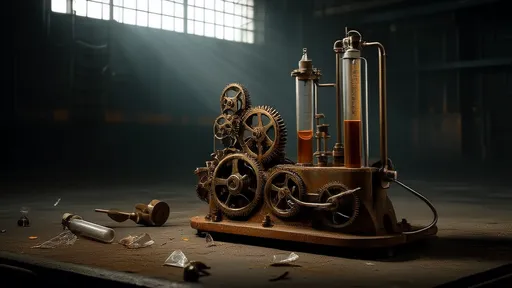
By /Jul 23, 2025
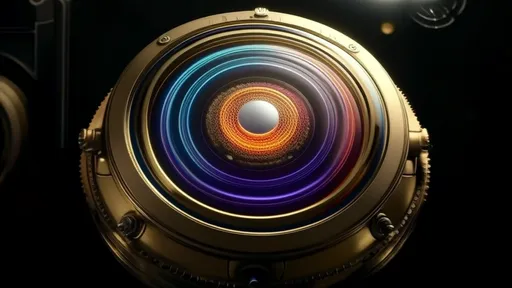
By /Jul 23, 2025

By /Jul 23, 2025
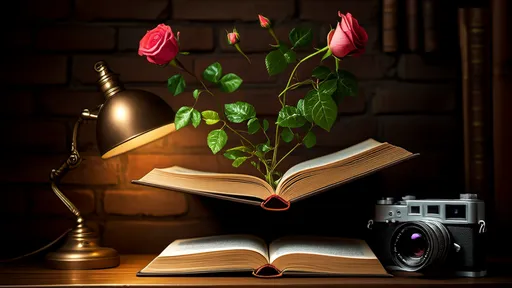
By /Jul 23, 2025

By /Jul 23, 2025
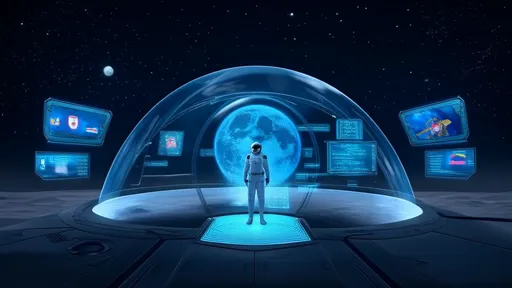
By /Jul 23, 2025

By /Jul 23, 2025
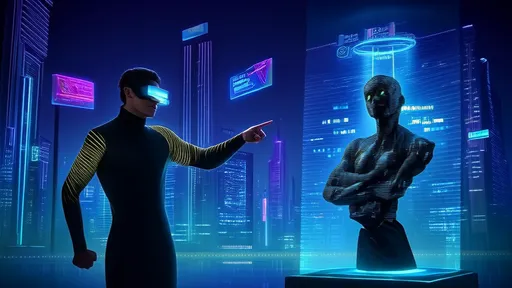
By /Jul 23, 2025

By /Jul 23, 2025
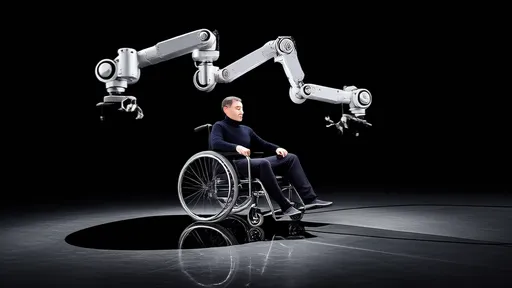
By /Jul 23, 2025
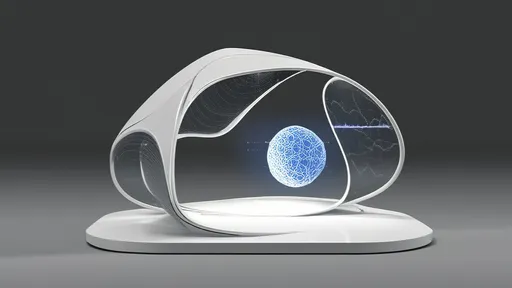
By /Jul 23, 2025

By /Jul 23, 2025
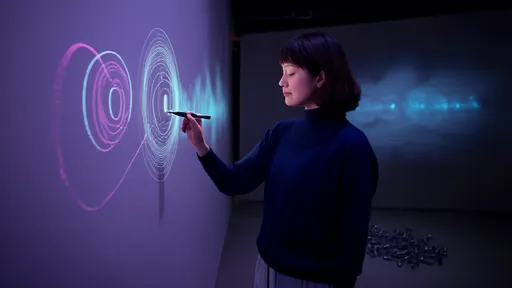
By /Jul 23, 2025
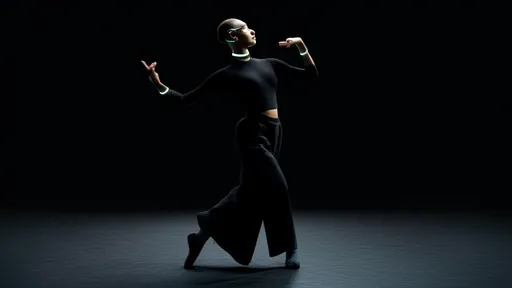
By /Jul 23, 2025
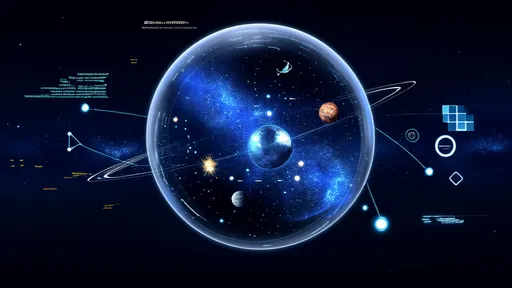
By /Jul 23, 2025
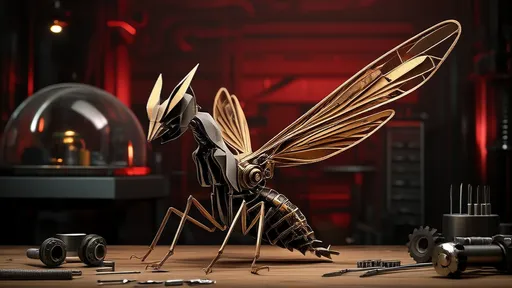
By /Jul 23, 2025

By /Jul 23, 2025